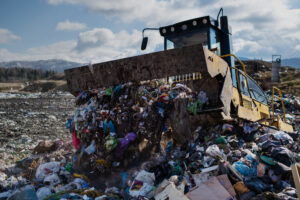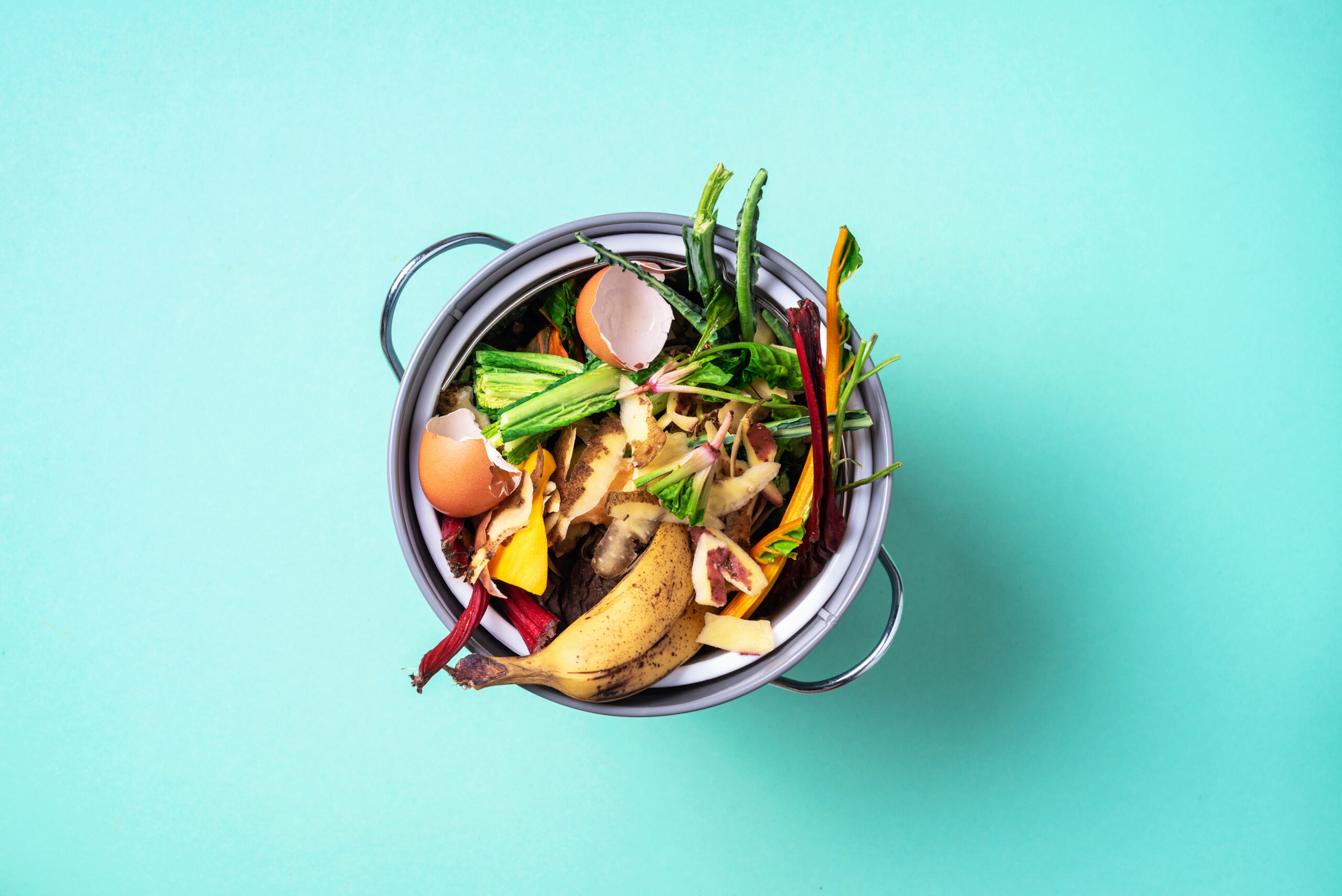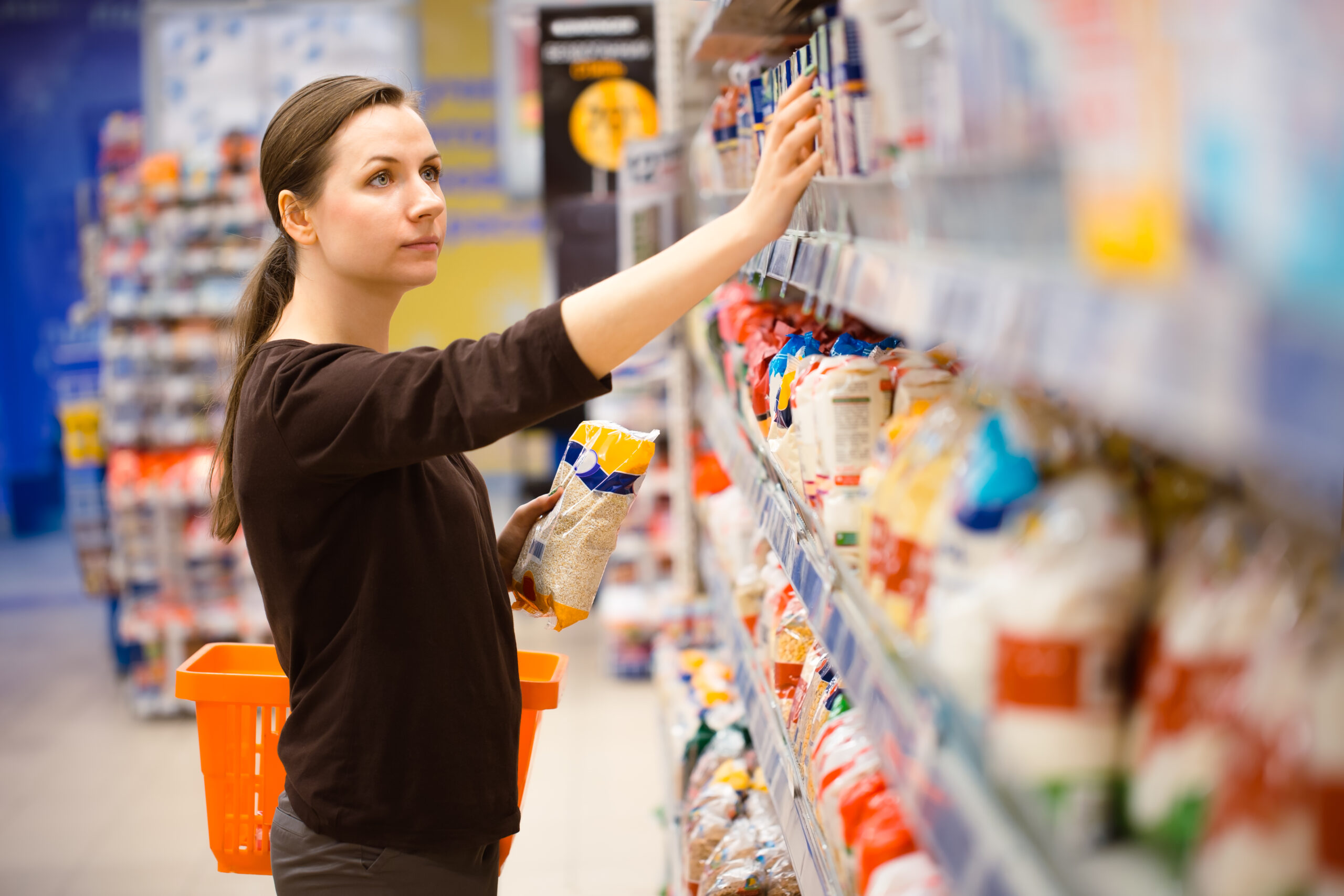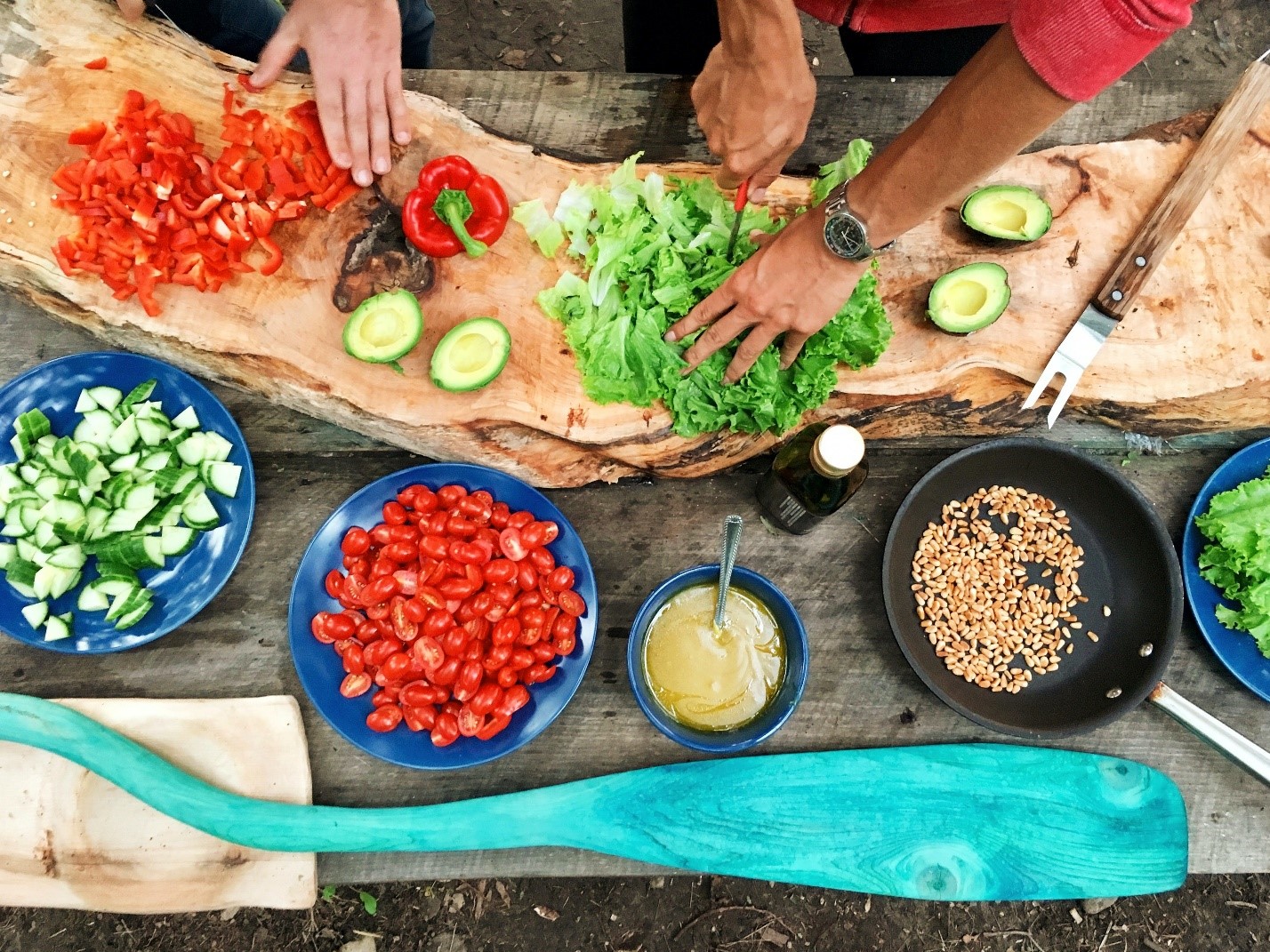These days, it’s hard to find food, especially processed food, that isn’t encased in some form of packaging. It is hard to imagine going to the grocery store and finding a box of crackers without the box, or a jar of pickles minus the jar. Modern food packaging has allowed for safer, cleaner, more reliable, shelf-stable food – but at what cost?
Discarded food, and the packaging it comes in, accounts for nearly 45 percent of waste in US landfills. And since most food packaging is designed for single-use, it is typically thrown in garbage bins rather than given a second life by way of recycling or reuse.

Food packaging can be made from a variety of materials, including glass, metal, ceramics, paper, cardboard, wax and more than ever, plastics. While some newer plastics are made from recycled food or plant materials, most are made from petroleum and contain polymers and other additives.
The problem with food packaging goes far beyond its disposal and begins at its creation. All forms of packaging use an abundance of resources, including energy, gas and chemicals, as well as natural resources like water, wood and minerals. Manufacturing packaging often pollutes the air with greenhouse gases, heavy metals and particulates and produces wastewater that contains potentially toxic contaminants.
But we’re beginning to see a shift. According to a study by Shorr Packaging, “sustainable packaging is still a largely influential factor in the consumer’s purchase decision.” In their survey, over half of the respondents stated they were “likely” or “very likely” to purchase food products that clearly state the packaging is recyclable or reusable.
What’s more, nearly half of the respondents were willing to pay more for recyclable or reusable packaging, with younger respondents between the ages of 18-29 being most likely and those over 60 being least likely. Many food companies are noticing and responding to the demand for packaging that is less harmful and more sustainable.
We are witnessing packaging overhauls, with companies pledging millions to green up their packaging. But sustainable packaging can come in two different forms: recyclable and reusable. Let’s compare these forms and take a look at some recent examples of both.
Pros and Cons of Recyclable vs. Reusable Packaging
Since most traditional plastics take over a century to degrade, if ever, companies are looking for ways to give their packaging a second life by making them recyclable or reusable. When companies make the switch to recyclable or reusable packaging, there’s a good chance that a sense of social or moral obligation was part of the decision. But there are other advantages for businesses to consider.
First, by fulfilling social corporate responsibility, companies can ensure that their products and overall brand are better received by their target market. Switching to sustainable packaging will also help companies target the green market – those who are willing to spend more to ensure their products are environmentally friendly.
 Companies may also notice increased customer satisfaction, as they will feel better about buying products that are easy to reuse or recycle. Along with increased satisfaction comes increased sales and decreased costs, as fewer materials and simplified logistics may be needed for packaging.
Companies may also notice increased customer satisfaction, as they will feel better about buying products that are easy to reuse or recycle. Along with increased satisfaction comes increased sales and decreased costs, as fewer materials and simplified logistics may be needed for packaging.
While implementing sustainable packaging has its advantages, there are also some drawbacks to consider. Recycling packaging isn’t always cost-effective and it could potentially lead to further pollution due to the efforts required to recycle certain materials. This is where reusable packaging wins – it is typically more energy-efficient and involves fewer wasteful processes than recycling.
Companies need to consider these advantages and limitations when switching to either recyclable or reusable forms of food packaging. Here are some brands that have made the switch or are trialing new forms of packaging.
Making the Switch to Recyclable Food Packaging
For big players, overhauling food packaging takes time. By 2022, Mondelez International plans to start selling its Philadelphia cream cheese in containers made from recycled plastics. A packaging maker will mold the tubs, a chemical supplier will provide the polypropylene and an energy startup will produce feedstock from post-consumer plastic. These are the types of partnerships that food and beverage companies are clamoring for.
Mondelez isn’t the only conglomerate making promises of sustainable packaging. Nestlé is aiming for all of its packaging to be recyclable (or reusable) by 2025. It announced an investment of up to $2 billion earlier this year to shift from new plastics to food-grade recycled plastics as well as create new, innovative packaging solutions.
Since switching to recyclable packaging doesn’t happen for free, nor overnight, smaller, newer brands often have a leg up on the process. By starting with recyclable materials, they can avoid a lengthy and costly transition. One example is chocolate brand Loving Earth, which wraps its vegan chocolate bars in a film derived from wood pulp and corn. Similarly, No Evil Foods, which sells small-batch, plant-based meats, uses fully compostable materials printed with plant-based ink.
Testing Out Reusable Packaging
Just last week, Burger King announced it would be trialing new reusable cups and containers in its stores in 2021 to reduce waste. Since fast food consumers are used to throwing out empty food packaging after their meal, Burger King wants to change that ritual by allowing them to return the reusable containers or cups to the restaurant to be cleaned and used again.
 Canadian coffee chain Tim Hortons is set to pilot the same type of reusable packaging in 2021 and notably, it will be the first of its kind in Canada. Both Burger King and Tim Hortons have partnered with TerraCycle’s zero-waste delivery platform, Loop, which allows customers to drop off the reusable packaging at multiple locations to make it easier and more convenient for guests to participate.
Canadian coffee chain Tim Hortons is set to pilot the same type of reusable packaging in 2021 and notably, it will be the first of its kind in Canada. Both Burger King and Tim Hortons have partnered with TerraCycle’s zero-waste delivery platform, Loop, which allows customers to drop off the reusable packaging at multiple locations to make it easier and more convenient for guests to participate.
In light of COVID-19, Tom Szaky, the founder of Loop, told Packaging World, “…we’re really pleased that our health and safety is so strong that nothing had to be upgraded once COVID came out. We were already thinking about really important health and safety measures.” He continued, “The packaging is also cleaned in a proper cleanroom versus not even being cleaned, or maybe how a bar would clean your beer cup, with just a spray of water, or even like a restaurant doing it in the back of their kitchen.”
Loop is not exclusive to fast food either. Companies like Procter & Gamble, Nestlé, PepsiCo and Unilever have partnered with Loop to make reusable packaging more convenient. As an online delivery service, customers select food items, pay for the order – which includes a refundable deposit on reusable containers – and wait for their orders to be delivered in a reusable bag.
A Sustainable Step Forward
Opting for recyclable or reusable food packaging is a step in the right direction in terms of sustainability, but each company must decide which option is better for their business. For some, that may mean eliminating plastics altogether, while for others, it may mean switching to recycled plastics like polyethylene terephthalate (PET).
When switching to recyclable or reusable materials for packaging, companies also must consider how the materials will withstand exposure to the food contents and whether it can be made food-safe. Making the switch also means working with a team that can design the right food packaging for the products.










Join or login to leave a comment
JOIN LOGIN